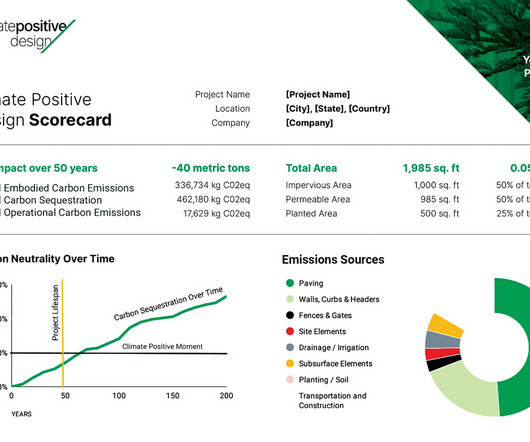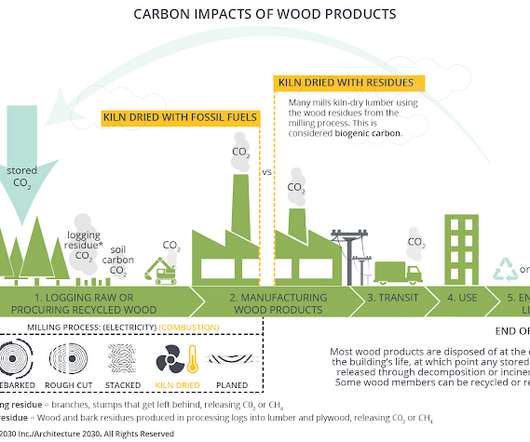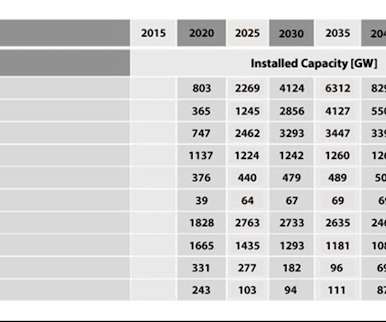Fast Tracked
Landscape Architecture Magazine
MARCH 14, 2024
As municipal governments, developers, universities, and corporations begin to collect emissions data, either voluntarily or to comply with local regulations, experts say that the building sector will need better standards for reporting embodied carbon data. “We Image courtesy Climate Positive Design.












Let's personalize your content